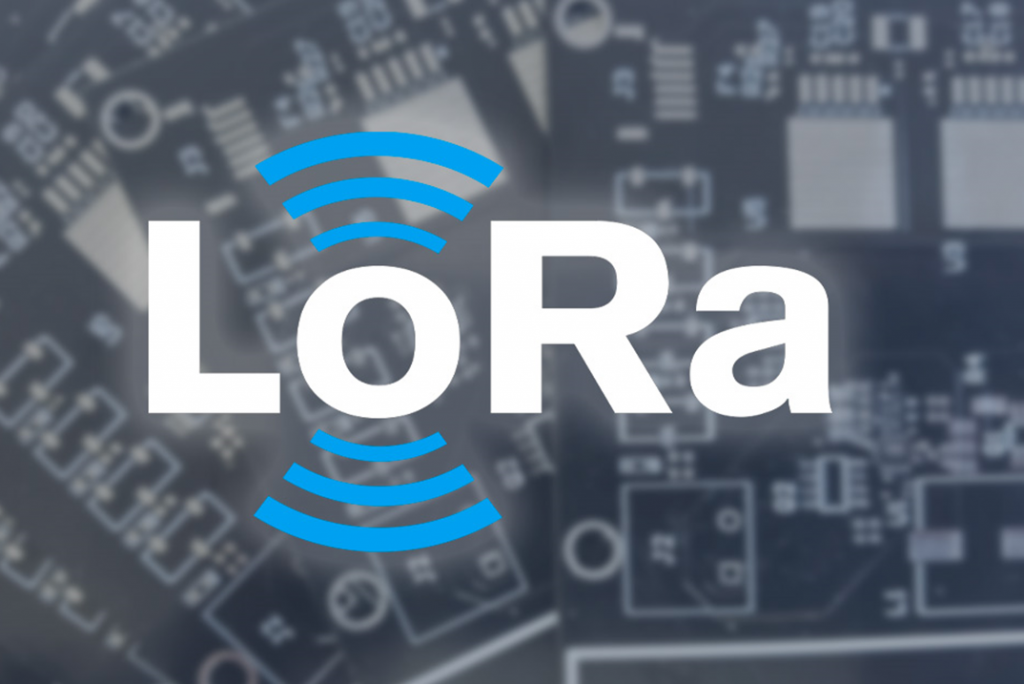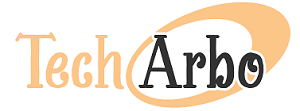Discovering LoRa Technology: The Power of Long-Range, Low-Power IoT

IoT devices have made it possible to remotely monitor and control various aspects of our lives, from our homes and cars to our health and wellbeing. However, the limited range and battery life of traditional IoT devices have been a major hindrance to their widespread adoption. This is where LoRa technology comes in, with its long-range, low-power capabilities.
Understanding LoRa Technology
LoRa technology is a wireless communication protocol that enables long-range, low-power IoT devices to communicate with each other and with the internet. LoRa is short for Long Range, and the technology is designed to provide long-range connectivity with minimal power consumption. LoRa technology is based on chirp spread spectrum modulation, which enables it to transmit data over long distances with minimal interference.
LoRa technology uses unlicensed radio spectrum in the ISM (industrial, scientific, and medical) band, which makes it suitable for a wide range of applications. LoRa technology can operate in a variety of frequency bands, including 433 MHz, 868 MHz, and 915 MHz.
Applications of LoRa Technology
Smart agriculture: LoRa technology can be used to monitor soil moisture, temperature, and other environmental factors, enabling farmers to optimize crop yields and reduce water usage.
Smart cities: LoRa technology can be used to monitor air quality, traffic flow, and parking, enabling cities to become more efficient and sustainable.
Industrial IoT: LoRa technology can be used to monitor machine performance and predict maintenance needs, enabling factories to operate more efficiently.
Healthcare: LoRa technology can be used to monitor patients remotely, enabling healthcare providers to provide better care and reduce costs.
Logistics and supply chain management: LoRa technology can be used to track shipments and monitor inventory levels, enabling businesses to optimize their supply chain operations.
Setting up a LoRa Gateway
A LoRa gateway is a device that acts as a bridge between LoRa devices and the internet. A LoRa gateway receives signals from LoRa devices and forwards them to a LoRaWAN network server, which then forwards the data to the internet. Setting up a LoRa gateway is a straightforward process that involves a few simple steps.
There are two types of LoRa gateways: indoor and outdoor. Indoor gateways are designed for use in indoor environments, while outdoor gateways are designed for use in outdoor environments. Indoor gateways typically have a range of up to 300 meters, while outdoor gateways can have a range of up to several kilometers.
To set up a LoRa gateway, you will need a LoRa gateway device, a LoRa antenna, and a power source. You will also need to connect the gateway to a network, either through Ethernet or Wi-Fi. Once the gateway is connected to the network, you will need to configure it with the appropriate settings for your specific use case.
LoRaWAN Network
LoRaWAN is a low-power, wide-area network (LPWAN) protocol that is designed to support long-range, low-power IoT devices. LoRaWAN networks are based on a star topology, with a central network server that communicates with LoRa gateways and LoRa devices.
LoRaWAN networks consist of three main components: end devices, gateways, and network servers. End devices are the LoRa devices that transmit data to the network. Gateways receive signals from end devices and forward them to the network server. Network servers process the data received from gateways and forward it to the internet.
LoRaWAN networks use adaptive data rate (ADR) to optimize the transmission of data. ADR adjusts the data rate based on the quality of the radio link between the end device and the gateway, ensuring that the most efficient data rate is used.
Use Cases of LoRaWAN Network
LoRaWAN networks have a wide range of use cases, including:
Smart metering: LoRaWAN networks can be used to monitor and control utility meters, such as electricity, gas, and water meters.
Smart parking: LoRaWAN networks can be used to monitor parking spaces and provide real-time information on parking availability.
Asset tracking: LoRaWAN networks can be used to track assets, such as vehicles, equipment, and inventory.
Smart buildings: LoRaWAN networks can be used to monitor and control various aspects of building automation, such as lighting, temperature, and air quality.
Challenges and Solutions
While LoRa technology has many advantages, it also has some challenges that need to be addressed. These challenges include range limitation, interference, and security.
Range limitation: While LoRa technology has a longer range than traditional IoT devices, its range is still limited. This can be addressed by increasing the number of gateways in the network or by using outdoor gateways with a longer range.
Interference: LoRa technology operates in unlicensed radio spectrum, which can be prone to interference from other devices. This can be addressed by using frequency hopping or by using spread spectrum techniques to minimize interference.
Security: LoRaWAN networks are vulnerable to security threats, such as eavesdropping and tampering. This can be addressed by using encryption and authentication techniques to secure the network.
Future of LoRa Technology
LoRa technology is expected to continue to grow in popularity as more and more IoT devices are deployed. The potential of LoRa technology is vast, and it has the potential to revolutionize many industries, from agriculture to healthcare to logistics.
Conclusion
LoRa technology is a powerful tool for building long-range, low-power IoT devices. to provide long-range connectivity with minimal power consumption make it an ideal solution for a variety of use cases. Setting up a LoRa gateway and building a LoRaWAN network can enable businesses and organizations to take advantage of the benefits of LoRa technology.
While there are some challenges associated with LoRa technology, these challenges can be overcome with the right solutions. As LoRa technology continues to evolve and improve, it is expected to become even more powerful and versatile, opening up new possibilities for IoT applications.
FAQs
- What is the difference between LoRa and LoRaWAN? LoRa is a wireless communication protocol that enables long-range, low-power IoT devices to communicate with each other and with the internet. LoRaWAN is a network protocol that is built on top of LoRa, providing a standardized way for LoRa devices to communicate with the internet.
- What is a LoRa gateway? A LoRa gateway is a device that acts as a bridge between LoRa devices and the internet. A LoRa gateway receives signals from LoRa devices and forwards them to a LoRaWAN network server, which then forwards the data to the internet.
- How far can LoRa devices communicate? The range of LoRa devices depends on a variety of factors, including the frequency band used, the environment, and the type of gateway used. Indoor gateways typically have a range of up to 300 meters, while outdoor gateways can have a range of up to several kilometers.
- How secure is LoRa technology? LoRaWAN networks are vulnerable to security threats, such as eavesdropping and tampering. However, these threats can be addressed by using encryption and authentication techniques to secure the network.





